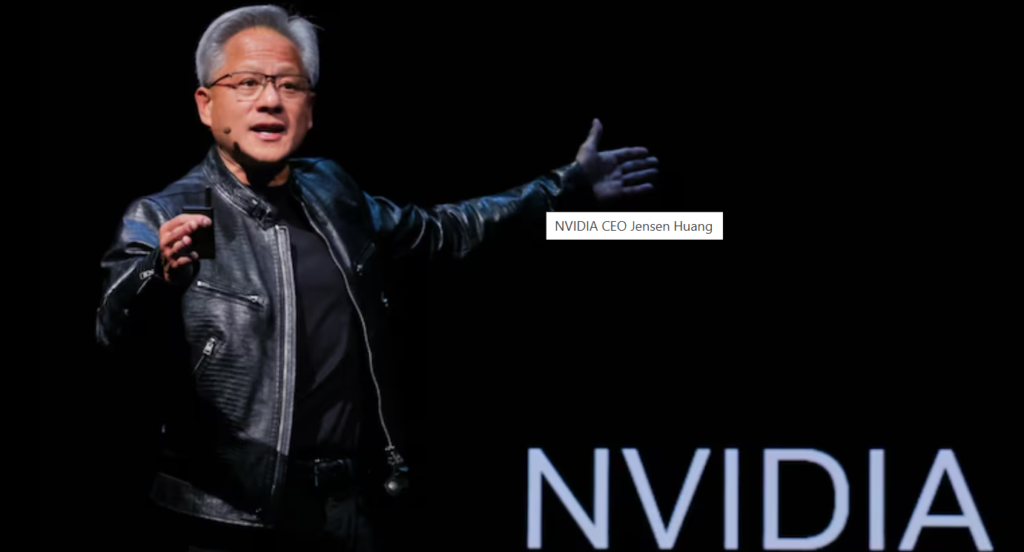Humanoid robots are set to redefine manufacturing, with industry experts predicting widespread adoption within the next five years. NVIDIA CEO Jensen Huang, at the company’s annual developer conference, highlighted the transformative potential of AI-powered humanoid robots. He introduced the Isaac GR00T N1 platform, designed to accelerate the development of humanoid robots capable of integrating seamlessly into industrial environments.
The Rise of AI-Powered Humanoid Robots
According to a 2024 McKinsey report titled “The Robot Renaissance: How Human-Like Machines Are Reshaping Business,” the integration of Generative AI and robotics is ushering in a new era of automation. These advanced robots, designed to replicate human-like movements and cognitive functions, are being equipped with high-precision arms and adaptive control systems, allowing them to perform complex tasks like assembling intricate components and handling delicate materials.
A report by Nature indicates that leading AI companies, including OpenAI and Google DeepMind, are working on incorporating foundation AI models into robotics. This combination enhances robotic intelligence and operational efficiency while also advancing AI capabilities.
Apollo: A Game-Changer in Humanoid Robotics
A recent report by Sky News highlighted Apollo, a humanoid robot developed by Apptronik, that successfully assembled an engine part autonomously. Apollo’s servo-controlled wrists demonstrate its ability to perform real-world industrial tasks.
Automotive giant Mercedes-Benz has started testing Apollo in its Berlin and Hungary factories to explore its effectiveness in assisting human workers with repetitive and hazardous tasks. This development paves the way for a more collaborative manufacturing environment where robots and humans work side by side.
Expanding Use Cases Beyond Manufacturing
Humanoid robots are proving valuable across multiple industries beyond manufacturing:
- Warehousing & Logistics: Sorting packages, managing inventory, and last-mile deliveries.
- Healthcare: Assisting with caregiving, patient support, and medical procedures.
- Retail & Hospitality: Stocking shelves, assisting customers, and processing orders.
- Construction & Field Services: Supporting infrastructure projects and working in hazardous conditions.
Addressing Global Workforce Challenges
With an estimated 22% of the global population expected to be over 60 by 2050, the demand for skilled labor will continue to rise. AI-driven humanoid robots could help bridge this workforce gap, ensuring productivity across various sectors.
Final Thoughts
While challenges such as motion complexity, data constraints, and safety considerations remain, rapid advancements in AI and robotics are bringing humanoid robots closer to mainstream adoption. As businesses embrace these intelligent machines, they will likely revolutionize industries, shaping the future of work and automation.

